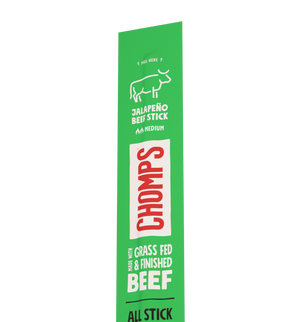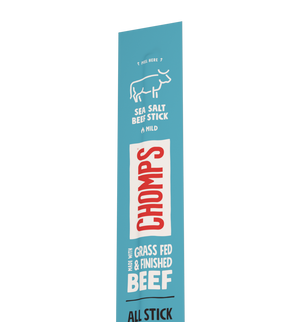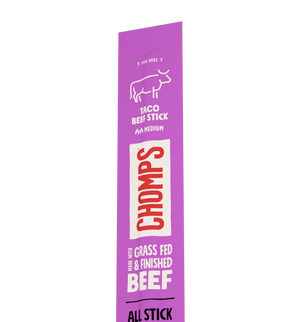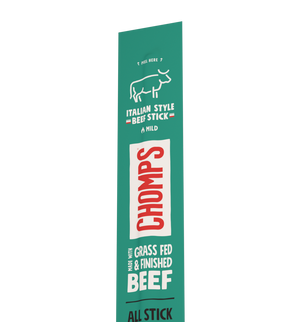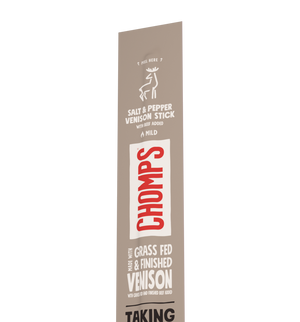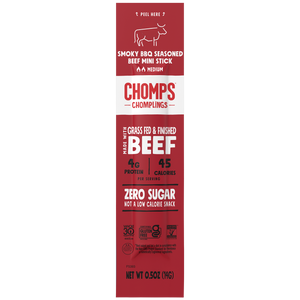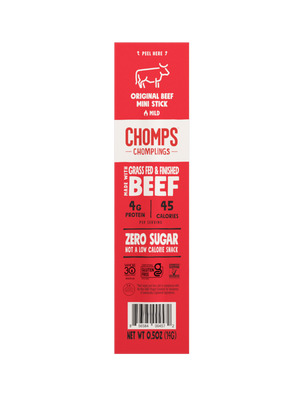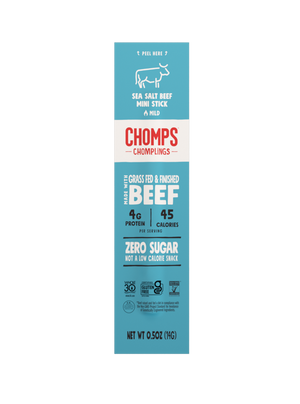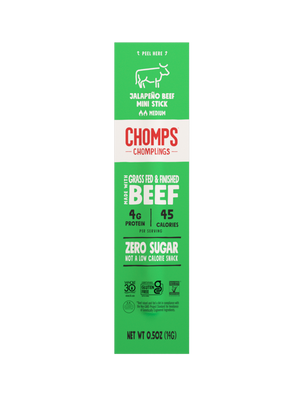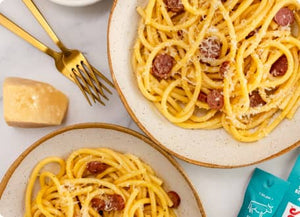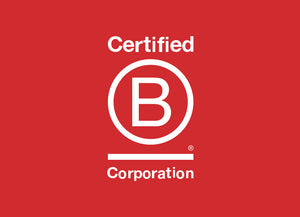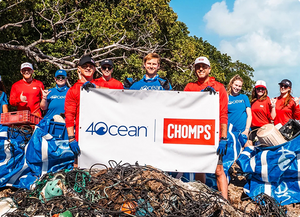Proper sports nutrition is a critical part of an athlete’s plan to optimize performance. Athlete’s diets require more energy than the average person because their bodies need additional nutrients to recover from training and repair muscles. The right nutrition strategy can help athletes improve performance over time and improve well-being.
While it’s important to maintain total daily energy levels by eating adequate calories, understanding the roles of how each macronutrient works in the body can help improve nutrient quality and build a better strategy for optimizing sports performance.
Each athlete will require different macronutrient and energy needs based on their own performance goals so while there’s not a one-size fits all approach, the science behind how to use macronutrients in different workout settings will remain the same and serve as a baseline blueprint for all.
Adequate hydration is an important part of a proper sports performance strategy. As the body loses fluids through sweat, it also loses essential minerals and salts (electrolytes) that support high-intensity activity.
Salt is the main electrolyte lost in sweat, so in addition to consuming fluids, a small snack such as Chomps meat sticks that contain natural salts can help athletes replenish electrolyte levels. While hydration needs vary from athlete needs, the baseline for hydration is to consume ½ your body weight in ounces plus 2 cups per pound of weight loss from sweat.
Assessing your weight right before and right after a workout can help you determine how much water to replenish the body with as a part of recovery. Urine color is also a convenient way to assess hydration status quickly.
Generally, clear or light yellow urine indicates adequate hydration whereas darker urine is a sign of dehydration. Hydration begins prior to being in a workout so it’s best to space out your water intake throughout the day.
Optimizing performance utilizing macronutrients and nutrition timing will help athletes understand how to choose the best fueling strategy for game day. Each macronutrient category plays a different role in nutrition for athletes and nutrition timing. The three basic macronutrients are carbohydrates, protein, and fat and here’s how they each affect performance:
Carbohydrates
Carbohydrates are the primary source of energy during high-intensity activities and should be optimized closer to the time of the workout. Our bodies are able to store some of the carbohydrates we eat in the liver and muscle as glycogen to use as an energy source.
Prior to workouts, opting for quicker carbohydrate sources (carbohydrates that are lower in fiber) vs slow carbohydrates (carbohydrates that are higher in fiber) can help provide a faster source of energy while minimizing any undesirable gastrointestinal side effects such as excess gas or bloating.
- Sources of carbohydrates:
- Fruits
- Vegetables
- Whole-grains such as oatmeal, rice, quinoa
- Beans and Legumes
Protein
Protein is the essential building block for building, maintaining, and repairing muscle tissue in the body. This is particularly important for athletes as they need additional protein to recover efficiently from workouts.
Currently, the Academy of Nutrition and Dietetics and the American College of Sports Medicine recommend 1.2 to 2.0 grams of protein per 1 kg of body weight a day for athletes. Remember, this also depends on the type of training (duration, intensity) so the total amount may vary between athletes. One average, the typical athlete needs a minimum of 20 grams of protein per meal, spread over 3-5 sittings per day. Protein should be spaced throughout the day and prioritized after workouts.
Research shows that eating high-quality protein within two hours of exercise enhances muscle repair and growth. As a general rule of thumb, aiming for 25-30 grams after a workout helps prioritize recovery and refuel. Food sources of protein (compared to supplements) will provide the highest quality of protein. Chomps meat sticks provide 10 to 12 grams of convenient protein per 1.15 ounce serving and can be a very easy way to add in high quality protein in the diet.
Including a protein-rich snack in between meals can help athletes efficiently and increase their protein intake.
Sources of Protein:
- Lean meats, poultry, fish
- Eggs
- Nuts and Seeds
- Legumes
- Tofu
- Dairy products (milk, yogurt, cheese)
While protein is an important macronutrient for athletes, in order to properly build muscle mass, athletes need to focus on combining both protein and carbohydrates together to see greater results.
Fats

Healthy fats are also essential for energy and support brain health and our bodies in absorbing essential vitamins. However, because it takes longer to digest, it’s not the best option right before a workout or intense activity. Fat is an essential part of a nutritious meal or snack and can help with overall feelings of fullness, but watch the total amount consumed and avoid a high amount right before a workout.
Sources of Fat:
- Nuts
- Nut butters
- Olive oil
- Avocado
Planning a Healthy Meal for Athletes
Sample Athlete Meal Ideas (Based on a needs of 2000 kcal/ day - needs vary based on athlete and total energy needs, individual needs will vary)
Breakfast Options

Opt for foods that combine protein, fiber-rich carbohydrates, and a little bit of healthy fats. If you are eating a full meal prior to workout, allow 2-3 hours for the meal to digest before any planned activity.
- Oatmeal with berries, Chomps meat stick on the side
- Scrambled eggs, whole-grain or gluten-free toast with nut butter
- Breakfast tacos with whole-wheat or grain-free tortillas and scrambled eggs with vegetables
Snack Options
Prioritize quick, low-fat sources of carbohydrates prior to workout and a protein + carbohydrate combination after a workout.
- Chomps Italian Seasoned Stick + 1 apple
- Banana and whole-grain or gluten-free toast with almond butter
- Whole-grain pita bread with nut butter and fresh fruit
- Fresh berries + Chomps Jalapeno Beef Stick
Lunch Options
Opt for foods that combine protein, fiber-rich carbohydrates, and a source of healthy fats.
- Turkey sandwich on whole-grain or gluten-free bread, side of carrots with hummus
- Whole-grain or chickpea pasta with a grilled protein choice, side of vegetables
- Smoothie with peanut butter, berries, almond milk + one serving of Chomps Original Turkey on the side
Dinner Options
Opt for a balance of 4-5 ounces lean protein with a serving each of any vegetable and a serving of fiber-rich carbohydrates of choice.
- Chicken, Brown Rice, and Vegetable Mix
- Seared salmon, Baked Potato, Green beans
- Shrimp, Quinoa, Roasted Vegetables
- Tofu Stir-Fry with Brown Rice
Again, while the diet plans for athletes are not one size fits all, understanding when to prioritize what nutrient will help athletes build a strategy that works for them. Overall, eating a varied diet while prioritizing protein can be beneficial for any athlete.
Are you a runner? We've got the ideal pre-run snacks and post-run meals to maximize your energy and recovery.
For more protein-rich snacks options that can help support athlete performance, check out Chomps store for a variety of convenient choices that fit your needs.


